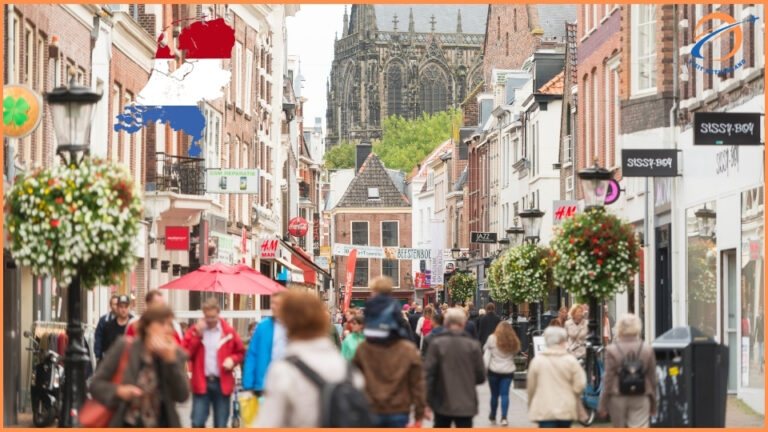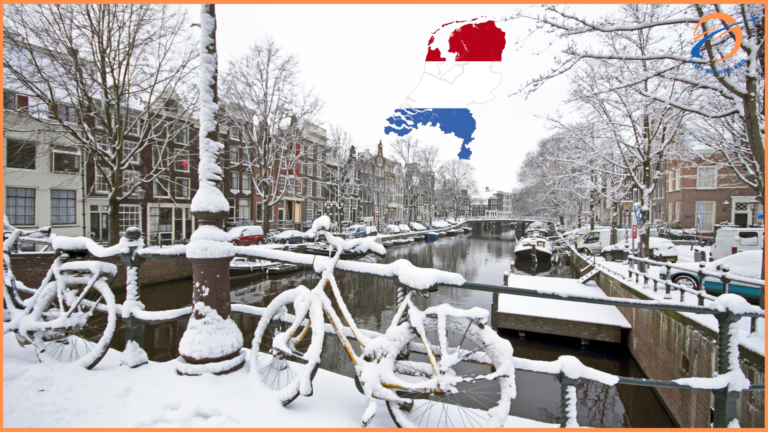The Van Gogh Museum: An Icon of The Netherlands
The Amsterdam Van Gogh Museum is not an art-representing facility but an attempt to pay homage to the life and works of Vincent van Gogh, arguably the most famous painter there has ever been. Recognized as the most important cultural treasure in the Netherlands, the museum greets a number of millions every year from among the visitors who visit Amsterdam because of a willingness to explore the genius of Van Gogh and share in the emotional depth behind his talent.
A Unique Collection of Masterpieces
The Van Gogh Museum houses the largest collection of Vincent van Gogh’s paintings in the world. With over 200 paintings, 500 drawings, and 700 letters, it serves as a comprehensive archive of his work and life. Among the museum’s most renowned pieces are:
The Potato Eaters (1885): This early work exemplifies Van Gogh’s focus on the harsh realities of peasant life, characterized by its dark palette and raw emotion.
Sunflowers (1888): One of his most iconic series, these vibrant flowers symbolize happiness and optimism, showcasing Van Gogh’s mastery of color and composition.
Starry Night Over the Rhône (1888): Capturing a serene night scene, this painting reflects Van Gogh’s fascination with the night sky and his innovative approach to capturing light.
These masterpieces allow visitors to witness the evolution of Van Gogh’s style, from his early works that focus on somber themes to his later, more expressive, and colorful pieces.
The Life and Journey of Vincent van Gogh

This museum provides more than art-it allows one to feel close to the life of the man whom the museum is named after. Vincent van Gogh’s life was as contrasted as his two sides: enormous talent versus strong personal torment. Van Gogh was born in 1853 in the Netherlands. He faced many challenges, such as mental health problems that were potent enough to impart great influence upon his pieces.
Early Influences
Van Gogh was a late starter in his artistic career as an art dealer, then a teacher who devoted himself to painting only in his late twenties. Early work exhibited a predomination of dark hues and somber themes, hence manifesting the sympathetic attitude he showed toward classes like workers and his adherence to social realism. The museum does a very good job of elaborating on this particular period in his life, underlining how influences in the Netherlands came together to shape his worldview.
Transition to Impressionism
His development as an artist reached its turning point with his move to Paris in 1886, where he finally found Impressionists and Post-Impressionists whose color usage and light profoundly impressed him. Changes can thus be seen throughout the various exhibitions in the museum, showing experiments with vivid colors and new techniques.
Final Years and Legacy
Van Gogh’s final years in Arles and later in Auvers-sur-Oise were marked by prolific output and intense emotional turmoil. Despite his struggles, he produced some of his most celebrated works during this time. The museum narrates the story of his tragic end, emphasizing the complexity of his character and the lasting impact of his contributions to the art world.
Architectural Marvel
The Van Gogh Museum is not just a gallery; it is an architectural masterpiece. Designed by Gerrit Rietveld and later expanded by Kenzō Tange, the museum’s structure harmoniously blends modern design with its historical surroundings.
Gallery Spaces
The layout of the museum is designed to enhance the visitor experience, with spacious galleries that encourage reflection and engagement with the art. Natural light filters through the building, illuminating the vibrant colors of Van Gogh’s works and creating a serene atmosphere.
Special Exhibitions
In addition to its permanent collection, the museum frequently hosts special exhibitions that delve into various themes related to Van Gogh’s life and influence. These exhibitions often include works by artists who were inspired by Van Gogh, providing a broader context for his legacy.
Educational Programs and Visitor Engagement
The Van Gogh Museum invests heavily in education and community outreach. It provides various activities to make the visitor experience more rewarding:
Workshops: Hands-on activities also give insight into the technique of Van Gogh. This will help in being more creative and appreciative of art.
Lectures and Tours: The lectures and guided tours led by professionals provided information on Van Gogh’s works and their influence on modern art.
Family Programs: Special programs for families are provided, enabling children to further engage in the art through interactive activities and storytelling.
Visitor Experience: Planning Your Visit
A visit to the Van Gogh Museum is an enriching experience that goes beyond mere observation of art. Here’s what visitors can expect:
Admission and Access
The museum is easily accessible by public transportation and is situated near other major attractions in Amsterdam. It is advisable to book tickets in advance, especially during peak tourist seasons, to avoid long queues.
Amenities
The museum offers a range of amenities, including an on-site café where visitors can relax and enjoy refreshments while contemplating the art. The museum shop features an array of art-related merchandise, including books, prints, and unique souvenirs, perfect for those wanting to take a piece of the experience home.
Why should one visit the Van Gogh Museum?
A Unique Cultural Experience
Art and casual visitors are inspired by an experience at the museum. The detailed curation supported by innovative technology makes sure that the experience is deep and touching for all coming in.
Location and Accessibility
The Van Gogh Museum is situated in Amsterdam’s Museumplein, easy to reach by public transportation, by bicycle, or on foot. Centrally located, it’s the perfect stop during a tour of the city’s hot cultural spots.
Visitor Tips
This can only be properly appreciated if you devote at least a couple of hours to its galleries. The audioguides available in several languages are highly recommended and offer such detailed commentaries that they add immensely to an understanding of the works of art.
The Van Gogh Museum is an icon in the Netherlands, a testimony to the spirit and what Vincent van Gogh left behind. It is a testimony to the power of art to transcend time and connect us with the human experience. As we go down the galleries, traveling through Van Gogh’s world, we realize that art can stir profound emotions in us and reminds us why cultural heritage preservation is important.
For anyone visiting Amsterdam, the Van Gogh Museum is a must-visit place that will leave one changed with the feeling of appreciation for the most remarkable artist in history.






